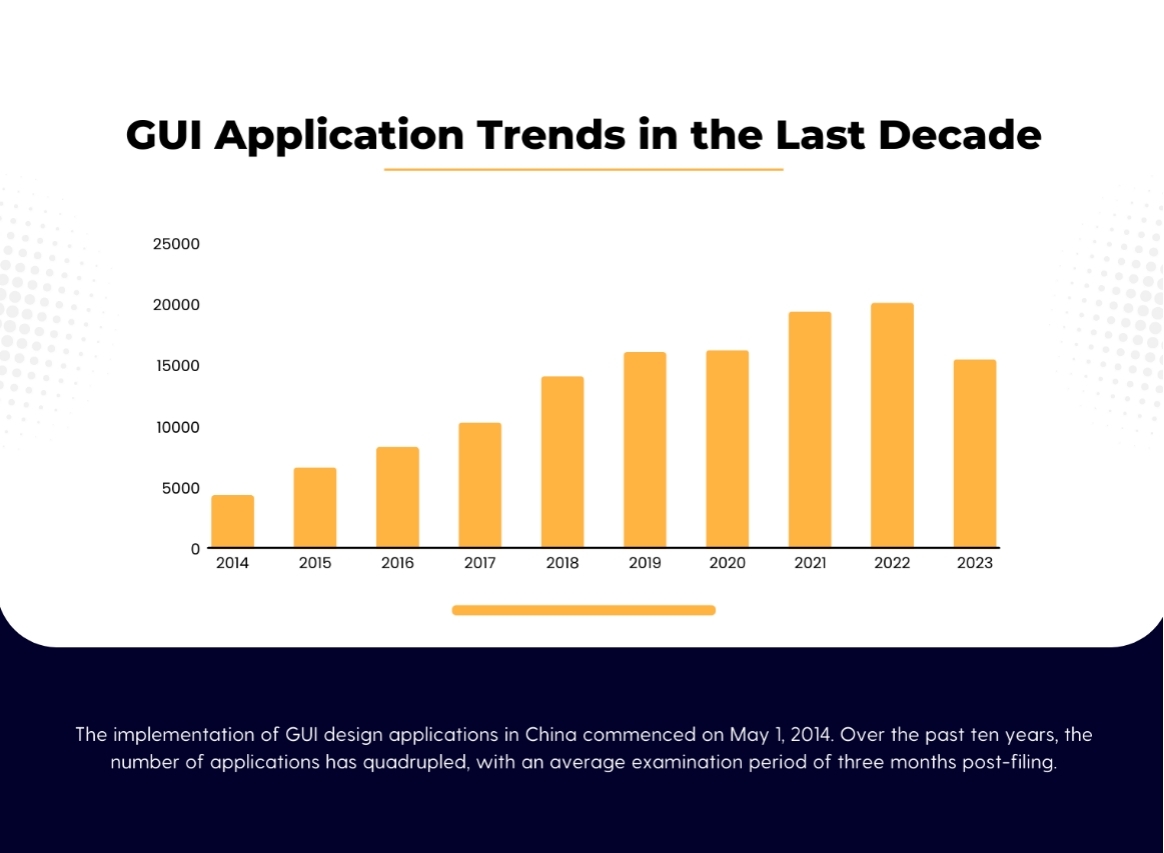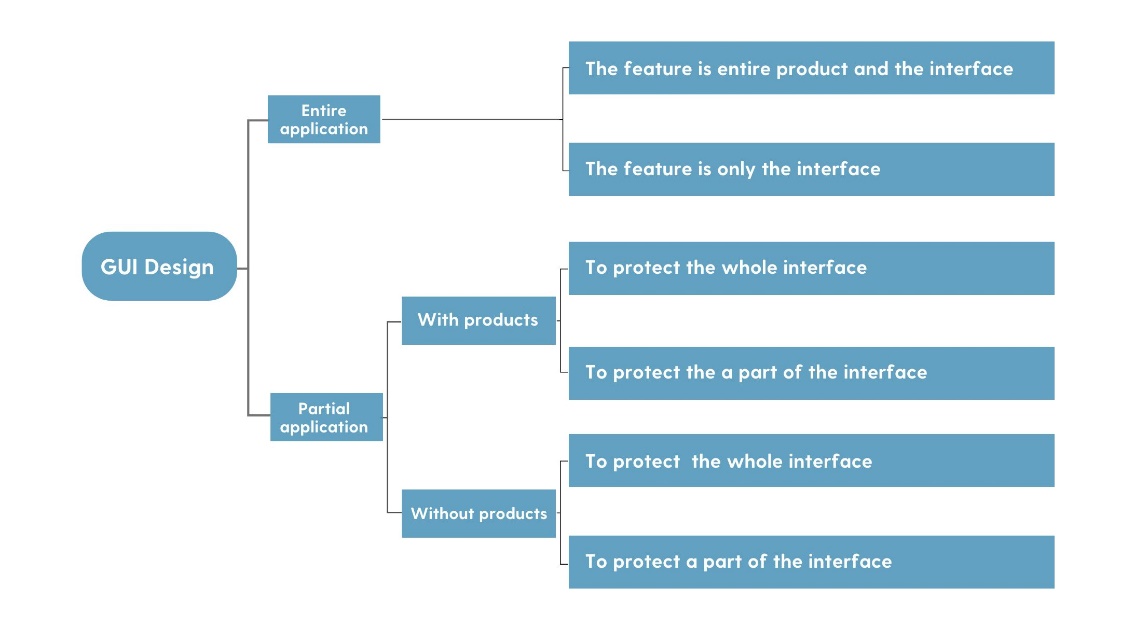Many still view design protection as limited to the shape or appearance of physical products, while software innovations are commonly believed to fall solely under invention patents or software copyrights. However, this perspective overlooks a critical aspect of modern technology, the graphical user interface (GUI). In China, GUI design is indeed protectable under patent law, marking a significant evolution in how we safeguard digital innovation.
Understanding Graphical User Interface (GUI) Design
According to Wikipedia, a graphical user interface (GUI) is a form of user interface that enables users to interact with electronic devices through graphical icons and visual indicators. In the context of Chinese design patents, GUI refers to the interface displayed on a product's screen, such as computers, mobile phones, household appliances, and industrial equipment, facilitating human-computer interaction and the realization of product functions.
The protection of GUI designs in China commenced on May 1, 2014, and since then, the number of applications has quadrupled, with an average examination period of just three months. This reflects the growing recognition of GUIs as integral to the user experience and the commercial success of digital products.

Legal Evolution and Current Practice
Recent amendments to Chinese patent law have further clarified the scope and duration of protection for GUI designs. Effective January 20, 2024, the Implementing Regulations of the Patent Law of the People's Republic of China introduced new guidelines for examining product designs involving GUIs. Applicants can now file GUI designs as either a design for the entire product or as a partial design.
When applying as a design for the entire product, both the product and the GUI are protected together. For partial designs, the application can focus solely on the GUI's positioning and proportional relationships within the product, offering comprehensive protection for projection-type and general-purpose GUIs.

Filing a GUI Design Application in China
Although the application process for GUI design patents primarily involves a formality check, careful attention to detail is crucial. The following guidelines can help ensure a successful application:
1. Title of the Design: The title must include the Chinese term “图形用户界面” (graphical user interface) along with the usage and the product incorporating the GUI. For example, "Graphical user interface for interactive data processing of electronic devices" or "Structural monitoring graphical user interface for electronic devices."
2. Description of the Design: The description should outline the name, usage, key points, and optimal demonstration of the design. It must also specify that the graphical user interface is a key aspect, detailing its position, interaction process, and any changes.
3. Drawings: Depending on whether the application is for the entire product or a partial design, the drawings should appropriately reflect the scope of protection sought. This can range from depicting the entire product with the interface to focusing on specific parts of the interface.
4. Similar Design: It is possible to file similar designs within a single application, provided they pertain to the same product or device. For instance, different pages or frames with similar layouts can be grouped in one application, reducing costs.
The Global Perspective on GUI Patents
The global trend in GUI design patents underscores the growing importance of user experience and technological innovation. Patent applications have surged, driven by the proliferation of smart devices, AR/VR technologies, and AI integration into user interfaces. Major markets like the U.S., China, and Europe see high volumes of applications, particularly as GUIs expand beyond traditional computing devices into sectors like automotive, medical devices, and smart home technology. Companies are increasingly protecting not only the visual aspects of GUIs but also their interaction with hardware.
As the industry moves towards standardization, the balance between innovation and uniformity in GUI design will be pivotal. The rise of touch gestures, 3D elements, and natural user interfaces has led to more complex patent filings, and international strategies, particularly through agreements like the Hague Agreement, are becoming standard as companies seek global protection. This surge in patents has also led to more intellectual property disputes, highlighting the competitive nature of this field.

